Xiaoke Xu
Semi-Supervised Federated Learning with non-IID Data: Algorithm and System Design
Oct 26, 2021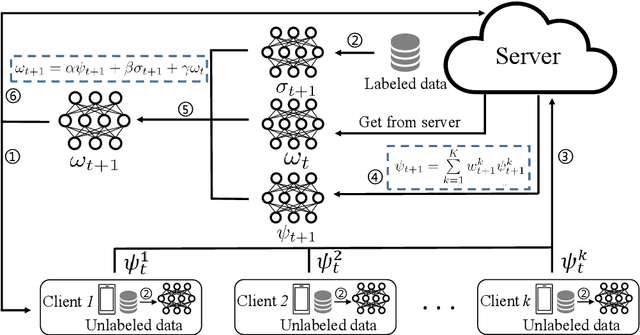
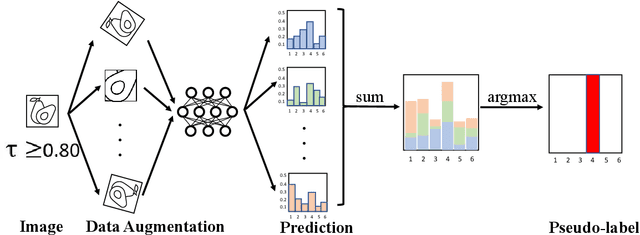
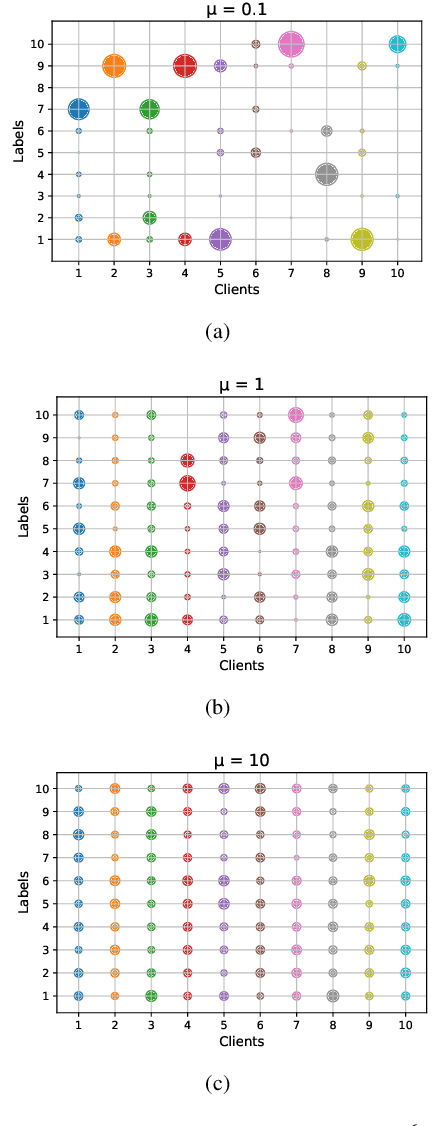
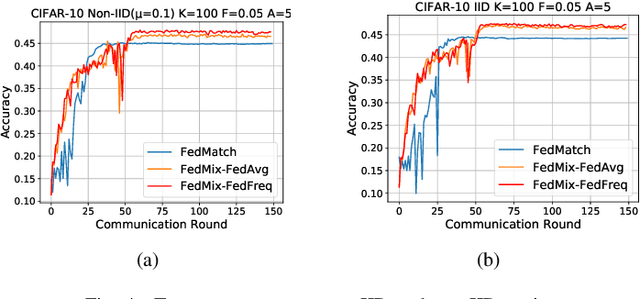
Abstract:Federated Learning (FL) allows edge devices (or clients) to keep data locally while simultaneously training a shared high-quality global model. However, current research is generally based on an assumption that the training data of local clients have ground-truth. Furthermore, FL faces the challenge of statistical heterogeneity, i.e., the distribution of the client's local training data is non-independent identically distributed (non-IID). In this paper, we present a robust semi-supervised FL system design, where the system aims to solve the problem of data availability and non-IID in FL. In particular, this paper focuses on studying the labels-at-server scenario where there is only a limited amount of labeled data on the server and only unlabeled data on the clients. In our system design, we propose a novel method to tackle the problems, which we refer to as Federated Mixing (FedMix). FedMix improves the naive combination of FL and semi-supervised learning methods and designs parameter decomposition strategies for disjointed learning of labeled, unlabeled data, and global models. To alleviate the non-IID problem, we propose a novel aggregation rule based on the frequency of the client's participation in training, namely the FedFreq aggregation algorithm, which can adjust the weight of the corresponding local model according to this frequency. Extensive evaluations conducted on CIFAR-10 dataset show that the performance of our proposed method is significantly better than those of the current baseline. It is worth noting that our system is robust to different non-IID levels of client data.
Small-floating Target Detection in Sea Clutter via Visual Feature Classifying in the Time-Doppler Spectra
Sep 09, 2020
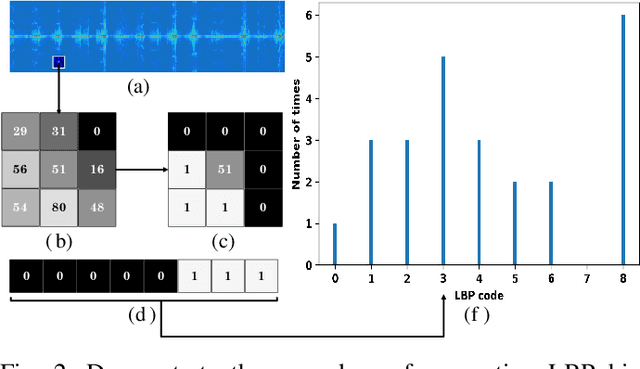


Abstract:It is challenging to detect small-floating object in the sea clutter for a surface radar. In this paper, we have observed that the backscatters from the target brake the continuity of the underlying motion of the sea surface in the time-Doppler spectra (TDS) images. Following this visual clue, we exploit the local binary pattern (LBP) to measure the variations of texture in the TDS images. It is shown that the radar returns containing target and those only having clutter are separable in the feature space of LBP. An unsupervised one-class support vector machine (SVM) is then utilized to detect the deviation of the LBP histogram of the clutter. The outiler of the detector is classified as the target. In the real-life IPIX radar data sets, our visual feature based detector shows favorable detection rate compared to other three existing approaches.
 Add to Chrome
Add to Chrome Add to Firefox
Add to Firefox Add to Edge
Add to Edge